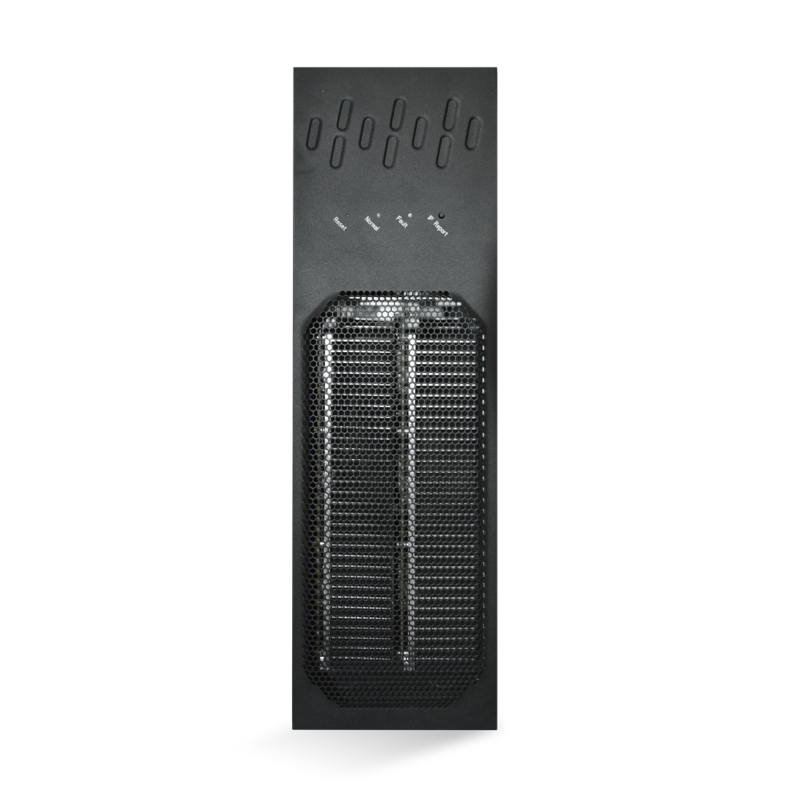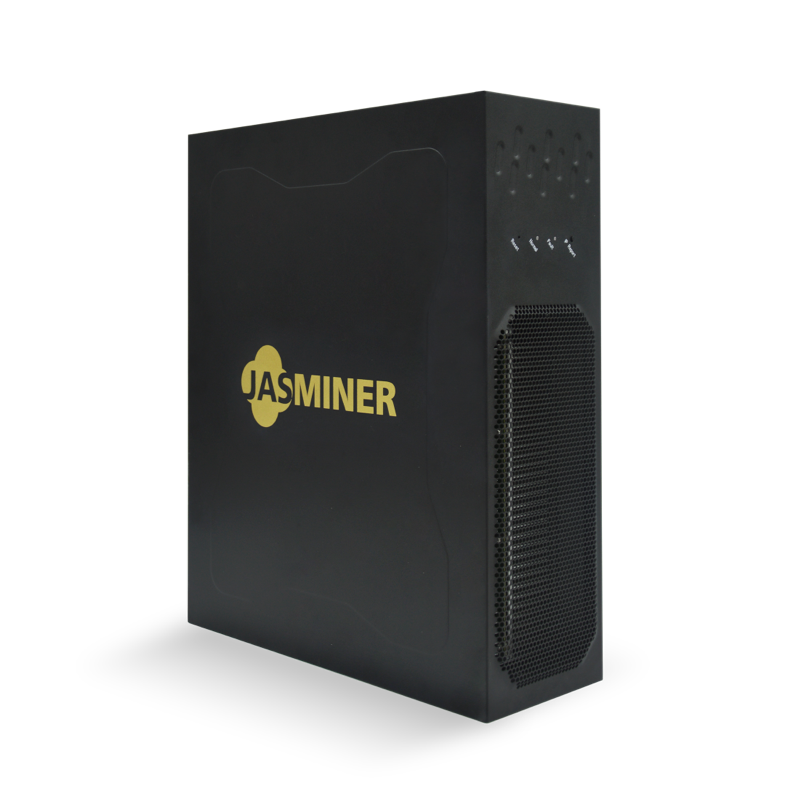How to Overclock JASMINER X4-Q Safely
The cryptocurrency mining landscape is evolving rapidly, with miners constantly seeking ways to maximize efficiency and profitability. For operators using the JASMINER X4-Q, a state-of-the-art mining device engineered for ETCHASH algorithm mining, overclocking presents an opportunity to push the boundaries of performance. However, overclocking is not without risks. This article provides a comprehensive guide on how to safely overclock the JASMINER X4-Q, ensuring optimal results while maintaining operational stability and longevity.
Understanding the JASMINER X4-Q: A Mining Powerhouse
Before diving into overclocking, it’s essential to understand the baseline capabilities of the JASMINER X4-Q. This device is designed for professional-grade mining operations, delivering a hash rate of 1040MH/s (±10%) with an unprecedented power efficiency ratio of 0.35J/MH. Its advanced 16-chip architecture and 5GB memory configuration ensure consistent and reliable performance, while its dual-fan cooling system maintains optimal operating temperatures between 0-40°C (32-104°F).
The X4-Q’s compact design, quiet operation (just 40dB), and versatile deployment options make it suitable for both large-scale data centers and home setups. However, even with its impressive out-of-the-box performance, there’s potential to unlock additional gains through careful overclocking.

What Is Overclocking, and Why Consider It?
Overclocking involves increasing the operating frequency of a device beyond its factory settings to achieve higher performance. In the context of mining, this translates to a higher hash rate and potentially greater profitability. For the JASMINER X4-Q, overclocking can help operators squeeze out extra efficiency, especially in competitive mining environments.
However, overclocking comes with trade-offs. Increased performance often leads to higher power consumption, elevated operating temperatures, and potential wear on components. The key is to strike a balance between maximizing performance and ensuring the device’s long-term health.

Step-by-Step Guide to Safely Overclock the JASMINER X4-Q
1. Prepare Your Setup
Before overclocking, ensure your mining environment is optimized. This includes:
- Adequate Cooling: Ensure proper ventilation and ambient temperature control. The X4-Q’s dual-fan system is robust, but additional airflow may be necessary when overclocking.
- Stable Power Supply: Use a high-quality power source to handle increased power demands.
- Monitoring Tools: Install software to monitor hash rate, temperature, and power consumption in real-time.
2. Access the Device Interface
The JASMINER X4-Q comes with a user-friendly interface that allows operators to adjust settings. Access the device’s control panel via its Ethernet connection. Familiarize yourself with the interface before making any changes.
3. Incrementally Adjust Clock Speeds
Start by making small, incremental adjustments to the clock speed. Avoid drastic changes, as they can destabilize the device. For the X4-Q, a conservative increase of 5-10% is a good starting point.
4. Monitor Performance and Stability
After each adjustment, closely monitor the device’s performance. Key metrics to watch include:
- Hash Rate: Ensure the increase in clock speed translates to a proportional boost in hash rate.
- Temperature: Keep temperatures within the safe operating range (below 40°C). If temperatures rise excessively, reduce clock speeds or improve cooling.
- Power Consumption: Be mindful of increased power usage, as it directly impacts operational costs.
5. Stress Test the Device
Once you’ve achieved a stable overclock, conduct a stress test to ensure the device can handle sustained operation. Run the miner at the new settings for 24-48 hours and monitor for any signs of instability, such as crashes or overheating.
6. Fine-Tune Settings
Based on the results of your stress test, fine-tune the settings to optimize performance and stability. This may involve adjusting clock speeds, fan speeds, or voltage settings.
Advantages of Overclocking the JASMINER X4-Q
When done correctly, overclocking the X4-Q offers several benefits:
1. Increased Hash Rate
By pushing the device beyond its default settings, operators can achieve a higher hash rate, translating to more efficient mining and potentially greater rewards.
2. Enhanced Profitability
With a higher hash rate, the X4-Q can mine more cryptocurrency in less time, boosting overall profitability.
3. Future-Proofing
As mining difficulty increases, overclocking ensures your device remains competitive, extending its useful lifespan.
Risks and Mitigation Strategies
While overclocking offers significant advantages, it’s not without risks. Operators must take steps to mitigate potential issues:
1. Increased Power Consumption
Higher clock speeds require more power, which can increase operational costs. Monitor power usage and ensure your setup can handle the increased demand.
2. Heat Generation
Overclocking generates additional heat, which can strain the cooling system. Invest in supplemental cooling solutions if necessary.

3. Component Wear
Prolonged overclocking can accelerate wear on components. Regularly inspect the device and replace parts as needed to maintain performance.

Conclusion: Maximizing the Potential of Your JASMINER X4-Q
The JASMINER X4-Q is already a powerhouse in the world of ETCHASH mining, but with careful overclocking, operators can unlock even greater performance. By following the steps outlined in this guide, you can safely increase your device’s hash rate while maintaining stability and longevity.
Remember, overclocking is not a one-size-fits-all process. Each device is unique, and finding the optimal settings requires patience and diligence. With the right approach, you can maximize the potential of your JASMINER X4-Q and stay ahead in the competitive world of cryptocurrency mining.
Whether you’re a seasoned miner or just starting, the X4-Q’s advanced technology and flexible design make it an ideal choice for achieving mining success. Happy mining!